If you’re a domestic chicken keeper looking to provide your chickens with a healthy, happy life, you’ve come to the right place. You’ll already know enrichment is critical for the health and wellbeing of our feathered companions. In this article, we’ll explore the importance of chicken enrichment, provide you with some ideas for enrichment toys and activities, and introduce you to an exciting and beneficial enrichment tool – live Black Soldier Fly larvae. So let’s dive in and discover how you can create a natural and enriching environment for your hens!
Table of Contents
Importance of chicken enrichment for healthier, happier hens and friends
Why is chicken enrichment important? Chickens, like any other animals, have natural instincts and behaviours that need to be fulfilled. In the wild, they spend their days scratching the ground, pecking for food, climbing and exploring their surroundings. However, in a domestic setting, chickens may not have the same opportunities for natural behaviours. This can lead to stress and boredom. So, this is where chicken enrichment comes in – we need to create these opportunities for them. And chicken enrichment isn’t about gimmicks and commercial toys – it’s all about creating as natural a life for them as possible.
Benefits of providing a natural life for chickens
Chickens are intelligent and need mental stimulation. Our feathered babies are no different from human children in that respect – when they’re bored, they start bickering… Then they can hurt themselves and other flock members.
The role of chicken enrichment in promoting natural behaviours
A natural habitat can improve the overall health of your chickens. When chickens have access to a varied and natural diet, including insects, plants, and other foraged items, they receive a wider range of nutrients that can improve their immune system and overall health. Additionally, being outdoors and exposed to sunlight allows chickens to naturally synthesise vitamin D, which is essential for calcium absorption and strong bones. A range of activities keeps them active, too, staving off obesity and metabolic diseases associated with being sedentary.
Enrichment Toys and Activity Ideas
Chicken enrichment should extend to creating a mix of social, physical, nutritional, cognitive and sensory enrichment experiences. Let’s explore some ideas for toys and activities that can create a more natural habitat for your hens and cover all those bases:
Nutritional Chicken Enrichment:
You may have noticed, chickens LOVE to eat. Looking for food would make up a huge part of their natural lives – but when they have commercial chicken feed on tap they don’t need to. So make sure that snack time gives them fun as well as food.
1. Make them work for their treats:
It’s in no way teasing or unkind to hide treats from chickens or make them work for them – they prefer to work for their supper. Many animals engage in feeding behaviour called contrafreeloading. It means that they prefer to perform tasks for food even when that same food is freely available. Cat owners may not be surprised to learn that domestic cats are one of the few species that don’t exhibit contrafreeloading…
2. Treat dispensers:
Many people use strong, thick rope like sisal to create nets to hang treats in. Ensure the rope is strong enough to withstand pecking and won’t be swallowed. You can also use PVC pipe and drill holes in it to create a foraging toy. Fill the pipe with treats or Calci Worms and watch as your chickens peck and roll the pipe to get the goodies inside. You can also buy commercial chicken treat balls or nets, or even dog treat puzzle toys – they’re virtually the same as the DIY methods, just less sustainable!
3. Scattering food:
Instead of simply placing food in a feeder, scatter it around the coop or run – or, better yet, a free-roaming area. This encourages chickens to forage and search for their food, just like they would in the wild. Add to the fun by creating a pile of (non-toxic) leaves and scatter live insects or small treats throughout. May the foraging commence!
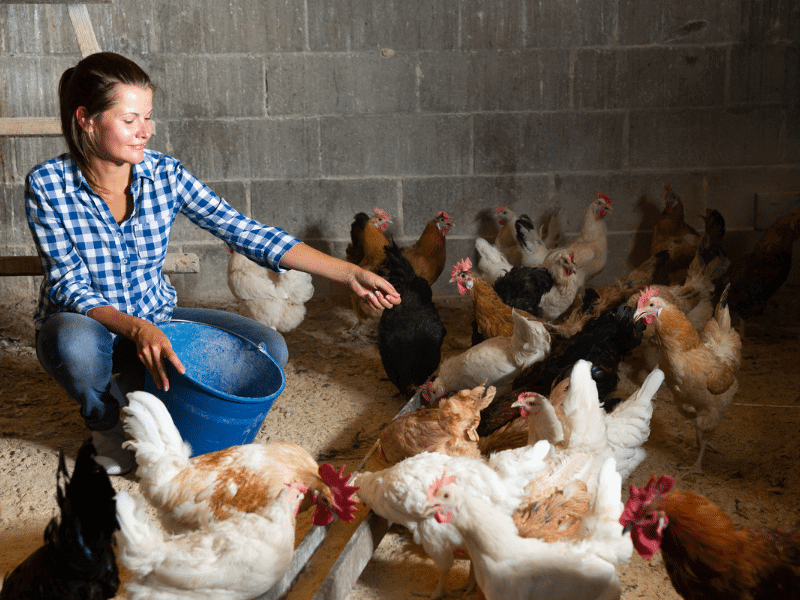
5. Create treat garlands:
Use chicken-safe rope to string together treats and hang them in the run.
7. Freeze treats on hot days:
Put a mix of chopped up fruit, veg, seeds and other treats in muffin tins, fill with water and freeze. Then pop them out and watch the peck fest. Refreshing!
8. Musical instruments:
Yep, you read that right. Chickens love treats. And they love music (as you’ll learn below). So, let them make their own by buying instruments like bongo drums and xylophones and sprinkling some treats on top. You can hang bells amongst hanging feeders, too. They get auditory and gusatory stimulation – and we promise you won’t be disappointed with the videos.
DIY and natural ideas for chicken enrichment
1. Keep MANY chickens:
We’re sure you don’t need much persuasion… But, this one is so obvious it’s seldom mentioned in chicken enrichment guides. Chickens need other chickens. Consider adopting or rescuing chicken companions, or if it isn’t possible then chickens enjoy looking at other chickens (themselves) in mirrors around the coop and listening to chicken sounds.
2. Chicken swings:
Hang a sturdy rope or branch in your chicken coop or run and watch as your chickens enjoy swinging back and forth. This not only provides physical exercise but also mimics the natural swaying movements of trees.
3. Providing dust baths:
Chickens love to dust bathe, so create a designated area in your coop or run filled with loose soil or sand. This allows them to clean themselves and keep parasites at bay. Of course, many chickens have their own ideas about where they’d like their dust bath… Hence, the state of a chicken-keeper’s lawn!
4. Reflective mobile:
Use old CDs or DVDs and hang them to create a shimmery, reflective mobile. Chickens love reflective surfaces and will be entertained by watching the light bounce off the discs. Plus, we’re all about upcycling obsolete household items – super ECO-friendly way to achieve visual stimulation for your birds.
5. DIY roosting stations:
Chickens LOVE to roost. They would naturally do so in trees. So think about creating wooden perches in your chicken coop or run. Use sturdy branches or logs, or pieces of wood, and even ladders and ramps to mimic the natural perching experience. Think carefully about the age and mobility of your hens – at both ends of the spectrum – when deciding the height of your perches. Also ensure you keep perches lower for larger breeds.
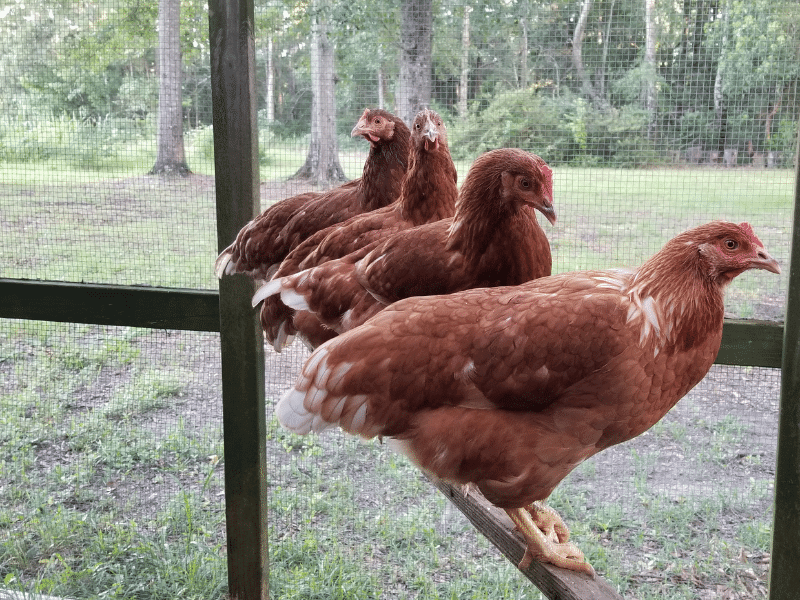
6. Offer comforting & exciting scents:
Chickens have a keen sense of smell. Smells like vanilla and lavender have been shown to have a calming effect on chickens. Studies have shown that familiar scents help chicks feel comforted and increase activity.

10. Musical therapy:
Did you know chickens LOVE music? Classic FM would likely be the order of the day according to research by The University of Bristol showing that chickens exposed to classical music lay 6% more eggs!
11. Clicker training:
We’ve already covered that chickens are social animals – and they’re also very intelligent. Combine social and cognitive enrichment in clicker training! You can teach chickens to learn tricks, complete obstacle courses, return to the coop on command, and even complete simple puzzles or play tunes. Maybe you’ve got your sights on Britain’s Got Talent, or maybe you’d just like an easier time getting them back in from the garden. Whatever floats your boat.
Create a Natural, Enriching Habitat for Chickens
Designing a chicken-friendly environment is all part of chicken enrichment. Make sure your chickens have ample space in their run and access (whenever they’re allowed) to safe free-roaming environments. Both your coop, your run and your free-roaming area should have lots of natural stimulus for them to enjoy.
Chickens like to sunbathe, and then they like to cool off in the shade. They also like to hide away from the rest of the flock at times – so ensure that in addition to nesting boxes your flock have lots of vegetation for shade and foraging opportunities. Space to hide is important for stress management and games of hide and seek, chickens enjoy hiding out under plants and bushes, so provide space for privacy and peeking out.
The pièce de résistance – the chicken enrichment tool that covers it all! Live Calci Worms.
It would be remiss of us not to take the opportunity to explain why live insect feed for chickens is the best chicken enrichment tool! Live Black Soldier Fly larvae, also known as Calci Worms, are an excellent source of enrichment for your chickens.
The larvae are packed with protein, calcium, and other essential nutrients that chickens need to stay healthy and happy. But the benefits of Calci Worms go beyond just nutrition. The process of hunting and pecking for live insects stimulates a chicken’s natural instincts. It taps into their innate foraging behavior, allowing them to search for their food just as they would in the wild. This not only keeps them physically active but also keeps their minds sharp and engaged.

Additionally, live insects like Calci Worms provide a source of environmental enrichment. Chickens are highly curious creatures and love exploring their surroundings. By introducing live insects into their habitat, you’re giving them something interesting to investigate. Watching your chickens interact with the worms can be highly entertaining.
A claim backed by research
We were given a grant from Innovate UK to conduct a study with The University of Reading on the effects of giving live Calci Worms to laying hens. We knew that the hens would experience significant health benefits due to the larvae’s nutritional content. However, we were pleasantly surprised to observe an immediate reduction in stress-related behaviours almost instantly.
Our scientists noticed that providing live larvae increased foraging behaviour, which resulted in a reduction in excessive preening. We can conclude that this is because the hens were more active, had their foraging and pecking needs met, and therefore didn’t have to resort to negative behaviours.
The hens used in the research weren’t in commercial conditions, but in other studies where hens have been kept in caged conditions, scientists found that increased expression of natural behaviours when fed live BSF larvae resulted in reduced injury-causing behaviours like feather pecking.
This leads us to firmly believe that the addition of BSF larvae (Calci Worms) as live insect feed for chickens can help battle problems like stress or boredom in the flock. This can be particularly helpful during times of captivity, like flockdown. It can help greatly if your flock are showing signs of stress, like aggressive, bullying behaviours that go beyond pecking order issues.
They may be particularly useful in large flocks or when rehabilitating rescued hens or cockerels who have experienced trauma.
The full executive summary of our research is available to read here.
Chicken enrichment just means giving them nature
Chicken enrichment is vital for the well-being and happiness of your feathered friends. We’ve covered live insect feeding as a major way to achieve this. However, it’s important to note that chicken enrichment should not rely solely on Calci Worms. There are various other activities and toys you can incorporate into their environment to keep them entertained and engaged – hopefully you’ve found a range of ideas above.
Remember, the key to chicken enrichment is to mimic their natural habitat and diet as much as possible. Giving chickens what they would have in nature is how to ensure they have the healthiest, happiest life possible.
Join the movement towards a more natural and enriching life for your chickens. They’ll thank you with their vibrant feathers and joyful clucks as they chase you ’round the garden for their wriggly treat! Get started today and see the difference it makes in your flock’s wellbeing.
agroecology biodiversity bonding with chickens bsfl Calci Worms chicken-friendly garden chicken enrichment chicken life chicken nutrition chickens and dogs chicken talk chicken welfare disease dispatching dogs eco-friendly eco-friendly living eggs enrichment environment ethics exotic fowl feeding insects to ducks flock management gardening with chickens green chicken keeping guide guinea fowl hatching microbiome mixing chickens and other pets multi-pet household peacocks pheasant poultry care poultry problems quail safety sustainability sustainable chicken care sustainable living understanding chickens waterfowl nutrition what to feed ducks wildlife
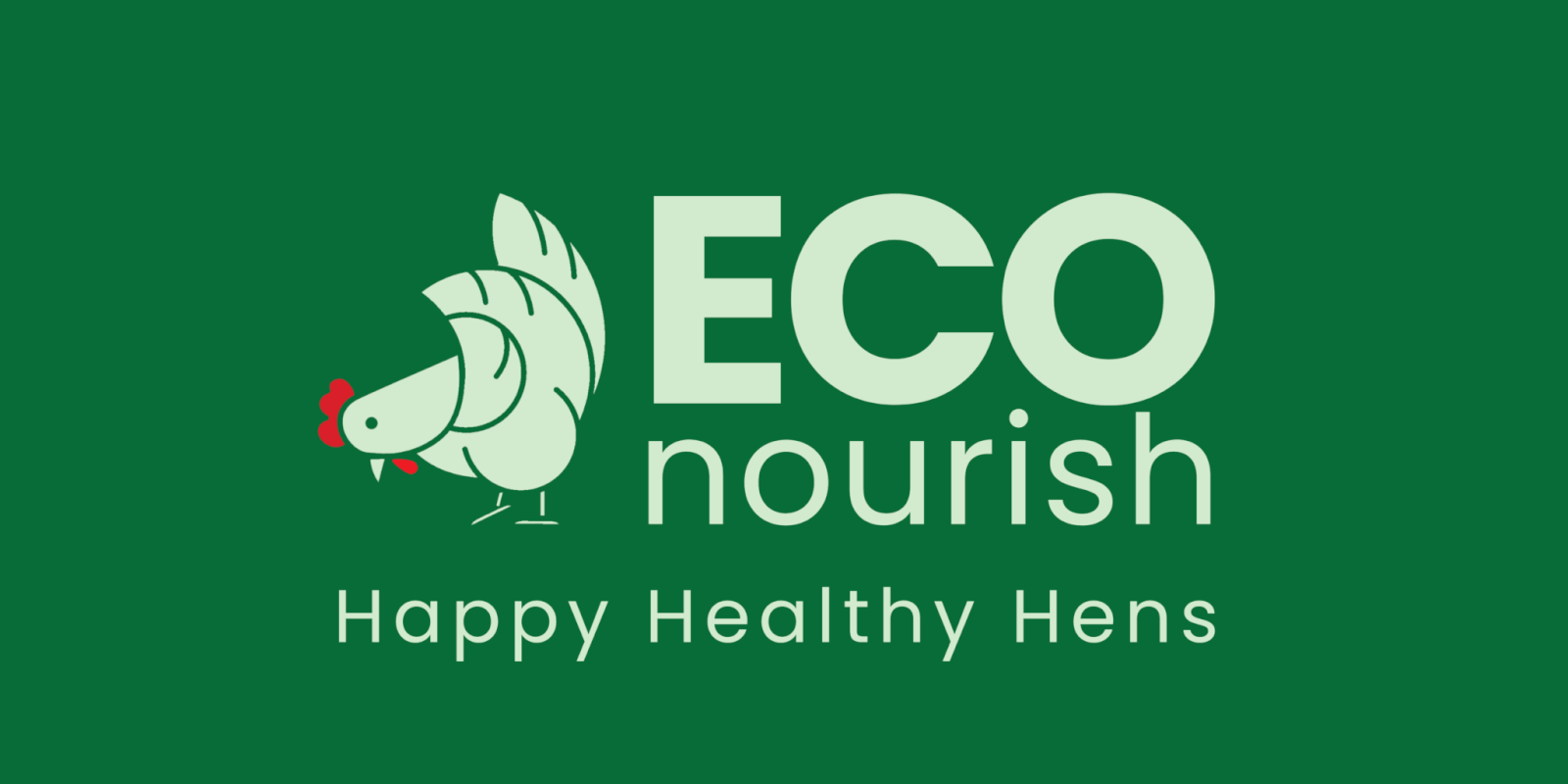
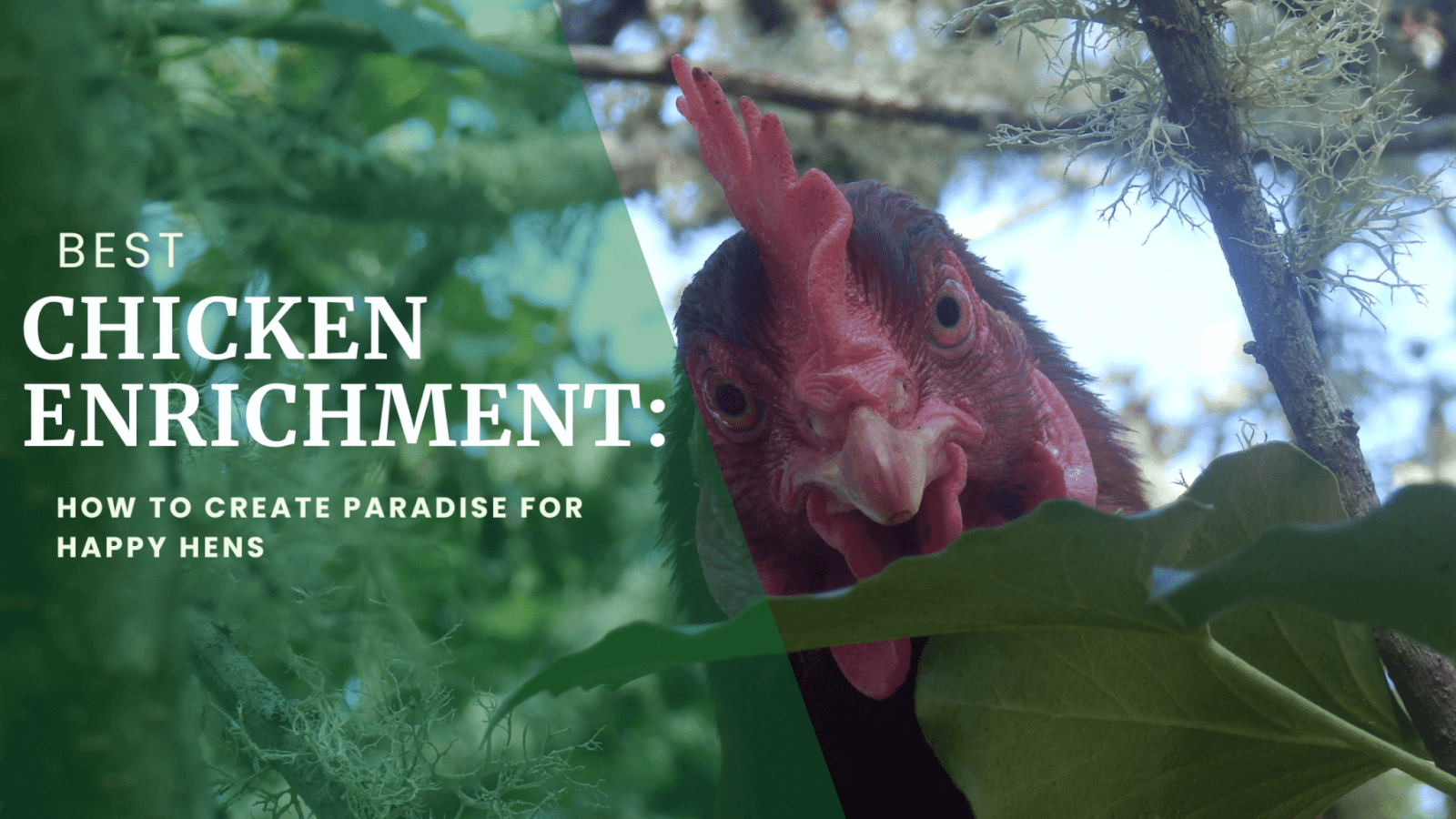
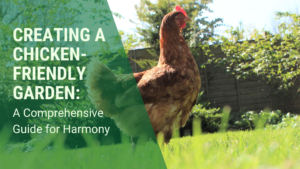

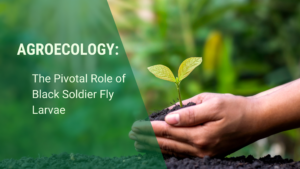
Leave a comment